The fast show
The Tour de France peloton is taming the world’s greatest cycling race at speeds never seen before, even in its darkest doping days. But how?
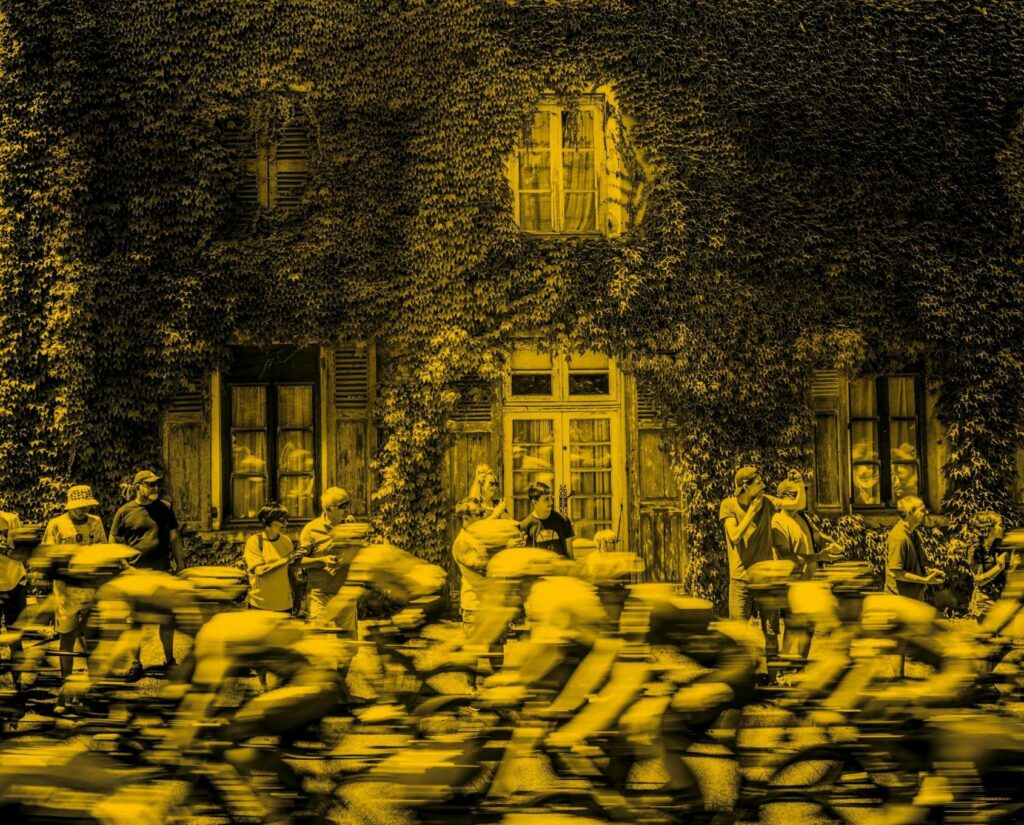
Jonas Vingegaard won his second successive maillot jaune in 2023 after riding the 3,406km of the 21-stage race at an average speed of 41.12kph. His victories were two of the fastest three on record. And that’s no outlier as, according to Procyclingstats.com, the race has been steadily speeding up. “Are you cheating?” Vingegaard was asked by one journalist after stage 17 of last year’s race. “I don’t take anything I wouldn’t give to my daughter,” the Dane responded, “and I would definitely not give her drugs.” So parking the healthy scepticism to one side, what’s happening here?
● Power carbs
The role of nutrition
“For me, on-the-bike nutrition has been the greatest evolution since I started racing,” says 32-year-old Australian Luke Durbridge, who’s raced for Team Jayco-AlUla since their foundation in 2012 and completed his seventh Tour last July. “In the past, we consumed 60g of carbohydrate an hour. Now, we’re edging toward 120g as we’ve trained our gut. That really impacts your performance.”
During most Tour stages, time trials aside, riders fuel their muscles via oxygen breaking down slow-burning fat. When intensity rises, instant energy is needed. Cue a greater shift to carbohydrates. But the body can only store around 500g of carbs (as glycogen), or about 2,000 calories. It needs a top-up, which is where gels, energy drinks, blocks and bars come in. However, there’s a limit to what you can absorb without causing gut distress. In the past, that was deemed around 60g an hour of carbohydrates via glucose. Then leading nutrition expert Asker Jeukendrup discovered that this theoretically could rise to 90g by adding fructose as it’s transported across the intestine via a different channel, avoiding a sugar ‘traffic jam’.
Now, through constant grazing, this ceiling has been raised to 120g carbs an hour. Two mooted reasons are adaptations related to stomach emptying and upregulation of the expression transporters that shuttle sugar molecules into intestinal cells. Either way, riders could be taking on twice the carbs of the 60g/hr days.
● In the heights
The role of altitude
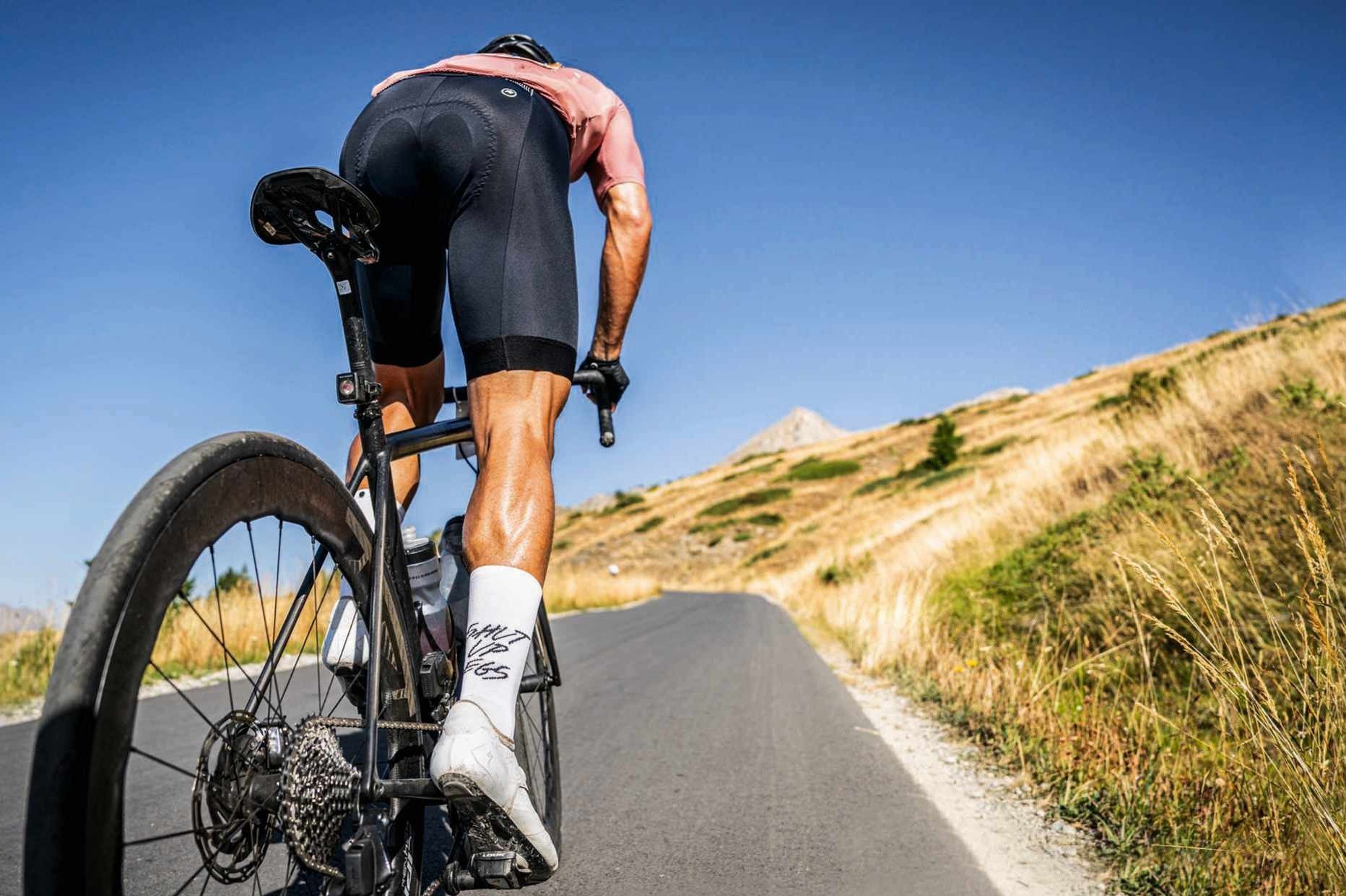
High altitude appeals to professional riders as a training base for several reasons and one is its role in boosting haemoglobin mass. While oxygen percentage remains at around 21% no matter what altitude you’re at, the ‘effective’ oxygen percentage changes. That’s because the higher you ascend, the less compressed the air, the thinner it is and the harder it is to breathe and deliver oxygen to working muscles. In short, the ability of the cardiorespiratory system (heart, lungs, blood…) to deliver oxygen to exercising muscle is constrained by the concentration of oxygen-carrying haemoglobin.
In response to the rarefied air, the body makes more red blood cells, which is nectar to cyclists as each gram of haemoglobin in red blood cells binds 1.39ml of oxygen. This can then be used to boost performance at lower altitudes. Studies show that a 1g increase in haemoglobin mass increases VO2 max (the maximum rate that the body can use oxygen during exercise) by around 4ml/min/kg. A further study reveals that for every 100hrs at altitude, haemoglobin mass increases by 1.1%.
As VO2 max is one of the limiting factors when it comes to endurance sports, the benefits are clear. And it’s these 100 hours that have seen riders migrating to mountainous regions such as Andorra – over 70 WorldTour riders live there – as even after a spell at sea level, there’s increasing evidence that the cells have an altitude memory.
“Research suggests athletes are not only more likely to respond to altitude training after repeated exposures, but that they can train hard earlier into the camp,” says James Barber, lead performance specialist at London’s Altitude Centre. “We are working with athletes on their long-term periodisation of altitude training. Each camp may have a different purpose, which dictates where they go and what they do.
Athletes also use simulated altitude between camps.” So, riders are heading high but competing less for faster race efforts.
1.1%
The amount haemoglobin mass increases for every 100 hours at altitude
● Winds of change
The role of aerodynamics
“Cycling has become an arms race. The bikes, the wheels, the clothing… If you’re not dialled in, you’ll be left behind.” That’s Durbridge on the evolution of equipment that’s undoubtedly helped riders save time over a three-week stage race. How much is hard to quantify as each manufacturer, be it for an aero road bike or form-fitting skinsuit, proclaims their product is the fastest in the wind tunnel. But is it fastest in real-world scenarios?
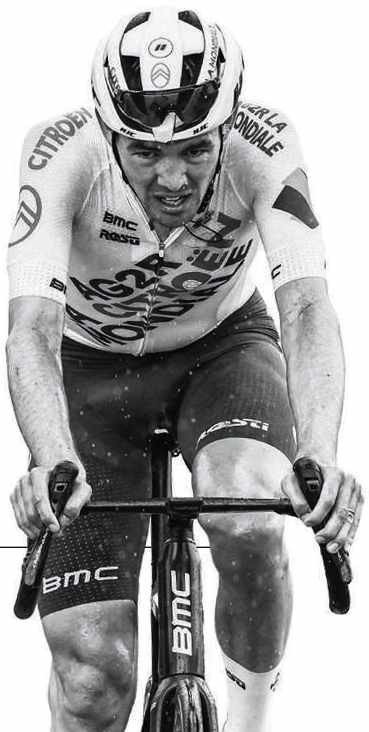
What’s clearer are the aerodynamic trends of recent times, picked up on by our sister website Bikeradar.com, who gorged on all things aero at the 2023 Tour de France Grand Départ in Bilbao. They discovered that: 1x drivetrains, seen on the bikes of race winner Jonas Vingegaard, with their simpler shifting and a marginal aero gain, pay off on certain parcours; and that tyre width is now aerodynamically optimised for the particular wheel. The flow of time trial innovations into road stages continues apace with aero helmets, skinsuits, socks and even baselayers, along with riders using narrower handlebars. A little leverage lost for slipstreaming aero gains.
● Rich man’s world
The role of money
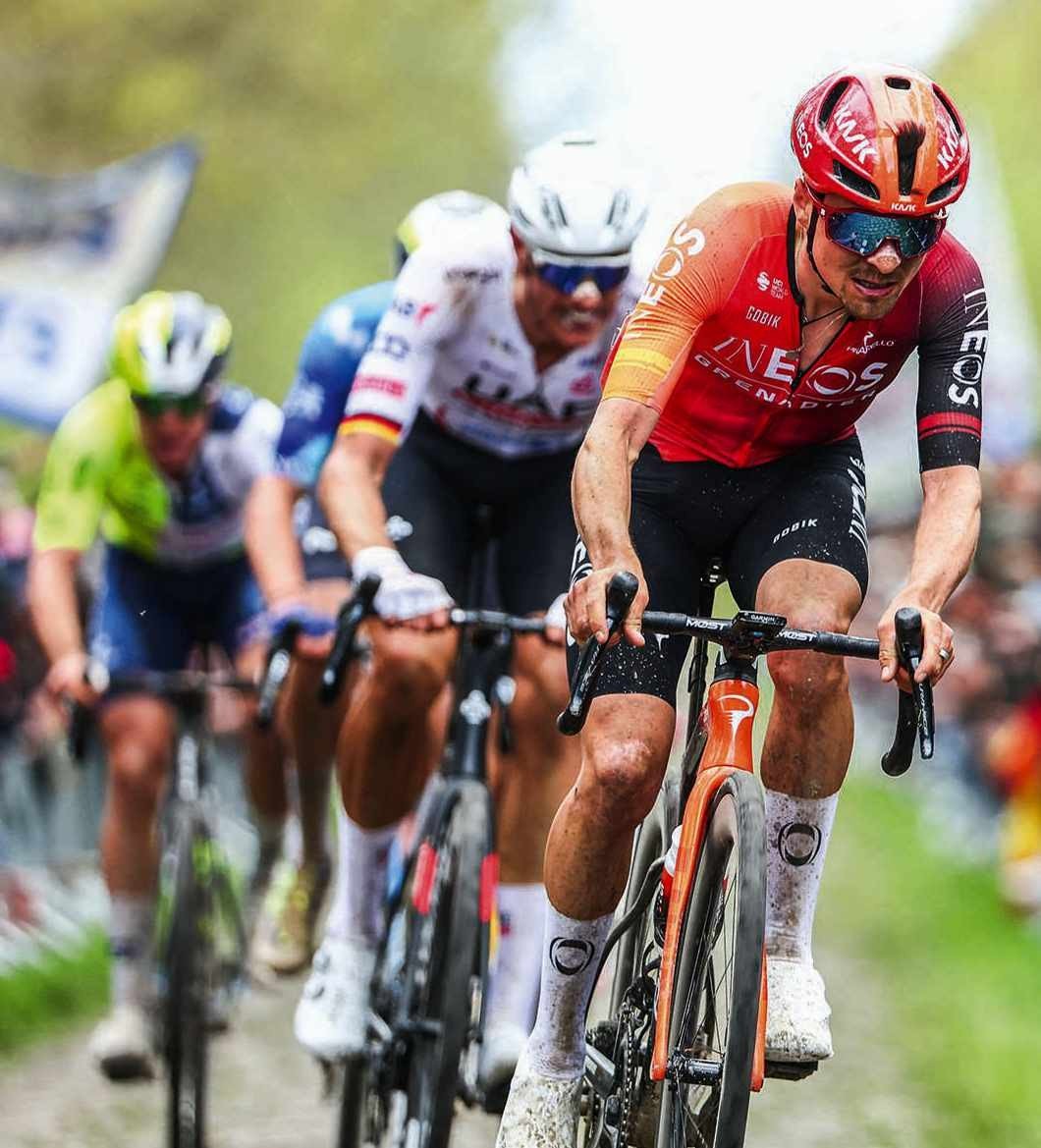
In April 2023, Groupama-FDJ manager Marc Madiot called for a budget cap after the early season dominance of the likes of Jumbo-Visma. “Look at the budgets and look at the classification,” Madiot told Belgian newspaper La Dernière Heure. “They can have six or seven leaders on each race. We can’t do that.”
Sure enough, last year, Jumbo-Visma secured an unprecedented one-two-three at the Vuelta a España, which also meant they won all three 2023 Grand Tours thanks to Primož Roglič, Jonas Vingegaard and Sepp Kuss. That left them top of the WorldTour rankings with 62 wins, helped by their reported annual budget of £23.4m.
Bigger budgets mean securing the best riders on the most lucrative contracts, as well as a greater number of support staff to activate battle plans. In the past, fuelling solely relied on domestiques drifting back to their team car, causing a speed lull, for instance. Nowadays teams have staff placed in specific spots to offload bottles, gels and rice cakes, so there’s less reason to slow down, Tour route director Thierry Gouvenou has noted.
However, Ineos Grenadiers reportedly had a budget of £44.4m last year and were way off at the Tour and Vuelta. So, money counts, but it’s how you use it that really matters.
44.4
The reported budget last year for the Ineos Grenadiers team
● Short circuit
The role of route design
In 1973, Spain’s Luis Ocaña won the Tour de France, covering the 4,090km parcours in 122 hours, 25 minutes and 34 seconds. Fifty years later, Denmark’s Jonas Vingegaard retained his Tour crown after conquering the 3,406km course in 82 hours, five minutes and 42 seconds. Both incredible performances, but it took Ocaña 684km more to reach the finish. In general, a shorter course – another trend of recent times – usually results in ever faster times and average speeds.
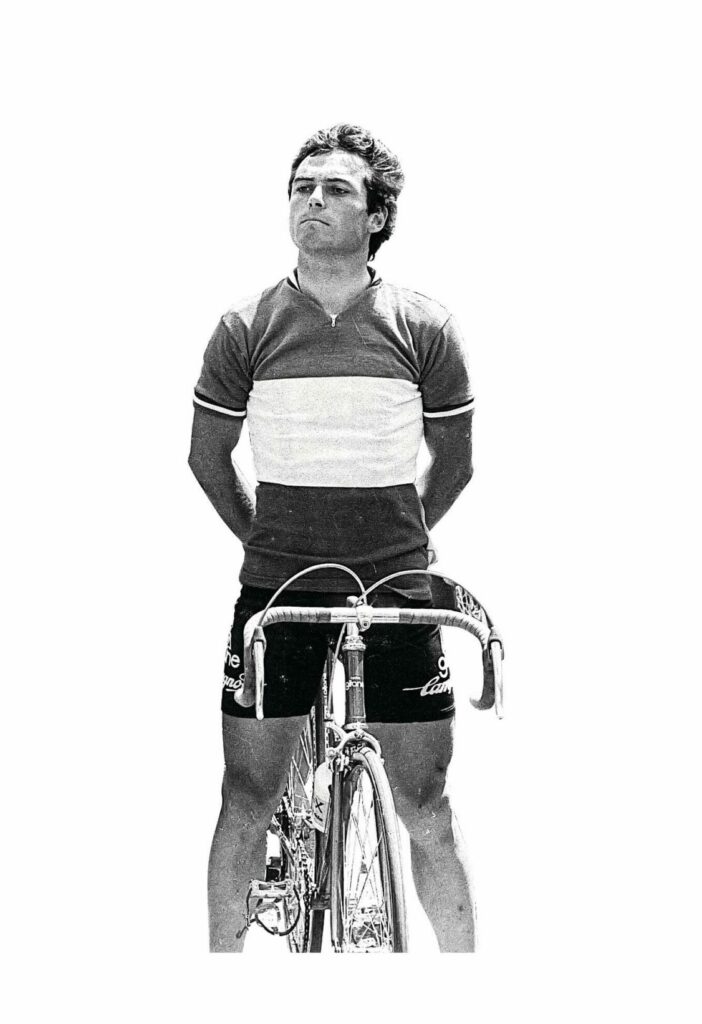
It’s the same with shorter stages in the Tour de France. In 1973, there were 10 stages of over 200km (of which Great Britain’s Michael Wright and Barry Hoban won two), while in 2023 there were just two. The 1973 edition also shines a light on the oft-used split-stage format where the Tour riders would battle a time trial and road stage on the same exhausting day; in fact, it chafed so much that in 1978, Tour debutant Bernard Hinault led a riders’ revolt ahead of the split stage 12. Coincidentally, Hinault won the last of his five Tour victories in 1985, the last time a split stage was held. Ultimately, shorter distances equal faster speeds.
● Direction of travel
The role of route data
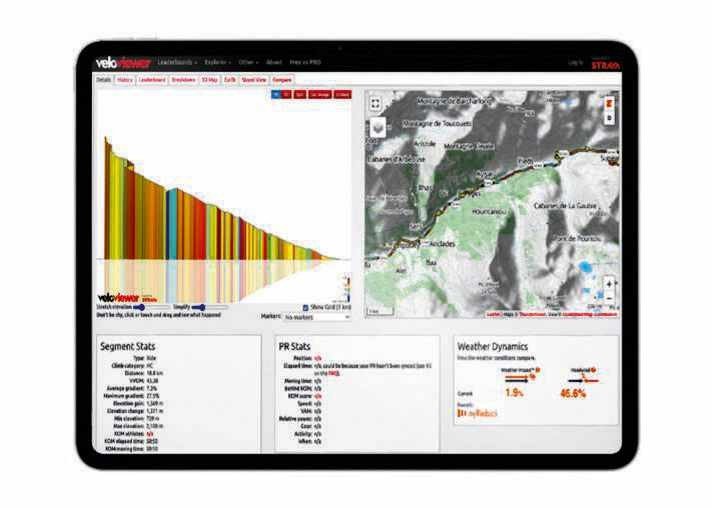
VeloViewer, an app that’s a data goldmine for cyclists, has taken course reconnaissance and race strategies to another level. It’s used by every single men’s team in the WorldTour and the majority of the women’s. It’s the brainchild of Sheffield’s Ben Lowe, who created the software in 2012. It’s evolved since and now features a WorldTour package that comprises two main parts: race hub and live app.
“Each team has its own race hub that lists all of their races for the season plus links to the details of each race and stage,” says Lowe. Nothing ground-breaking there, you might say, but for each stage or race, the team can add customised waymarkers to Lowe’s additions in the app, such as highlighting the location of sections of the parcours that they deem important, whether it’s a narrow stretch of road approaching a petit French village where positioning at the front is vital for the upcoming sprint, or the gradient on a climb that would suit your main climber’s attacking intentions, for instance. Lowe explains: “This is then displayed in the live app in the team car, for adding further waymarkers when doing a reconnaissance or during the race to keep tabs on your team cars and the upcoming profile.” Essentially, it’s a high-tech roadmap that can make or break an aspiring rider’s ambitions.
● Early birds
The role of development
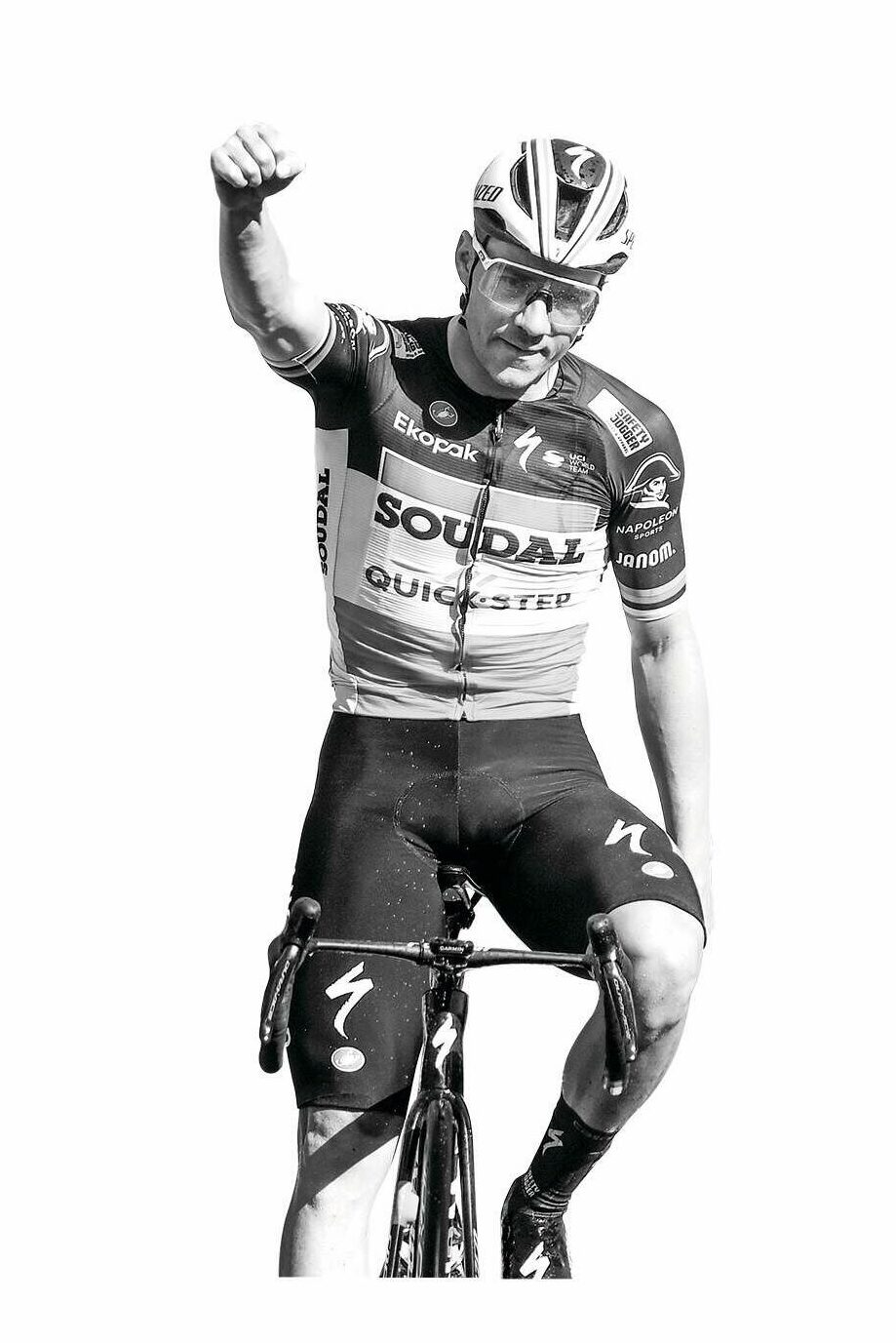
The sport science revolution has seen a rise in riders making breakthroughs at an early age, including Remco Evenepoel and Tadej Pogačar. This highlights advances in training knowledge throughout the peloton, says Iñigo San Millán, former head of performance turned consultant at UAE Team Emirates.
“It’s clear riders are training and living more professionally from an early age. I remember when I rode competitively, I didn’t follow a structured plan until I was around 19. Now, especially with European riders, they’re following a methodical plan from 12 and 13.” This ‘methodical plan’ is key.
“Power meters and software like Training Peaks have had a huge impact on training,” says San Millán. “We can more accurately prescribe a rider’s daily ride, targeting the physiological adaptation we’re looking for. It’s natural that if we’re monitoring riders earlier with better tools then the chances of physiologically developing earlier are enhanced.”
While the likes of San Millán used to lack the data he needed, now, nearly every rider, whatever their age, is married to their smartphone. This means one thing: less waste, more speed.
● Untapped energy
The role of ketones
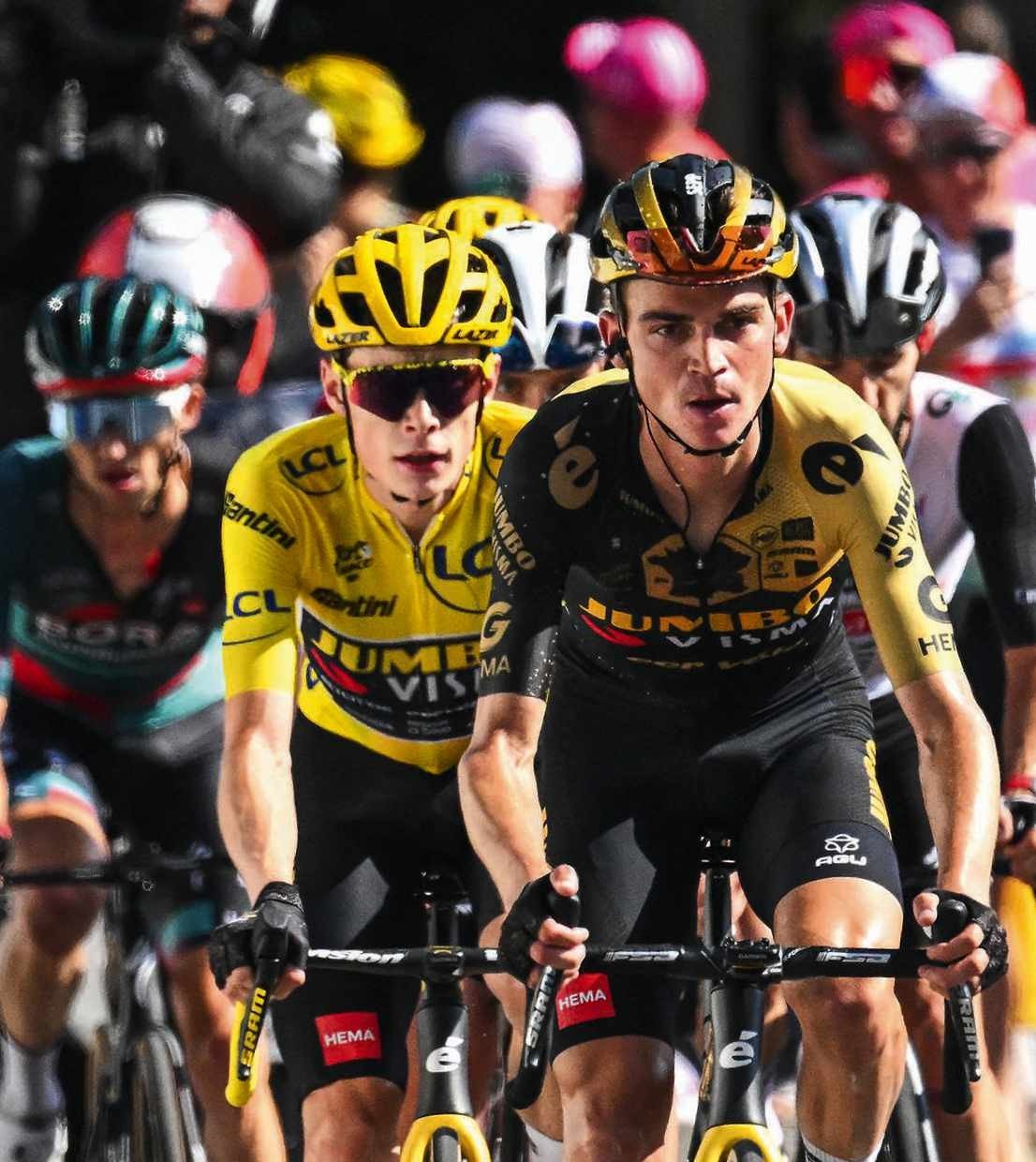
Ketones are the so-called (legal) wonder drugs that have helped cyclists ride further and faster since around 2012. That, according to exogenous ketone founder professor Kieran Clarke, was when they were first used at the Tour de France and the Olympics. Why the fanfare around this synthetic supplement?
Ketones are an energy source produced by the liver during fasting or periods of low carbohydrate intake and, at any time, we all have a low level of ketones circulating in our blood. These are endogenous ketones. Exogenous ketones are created in the lab, so you don’t have to be in a state of starvation before using this energy boost.
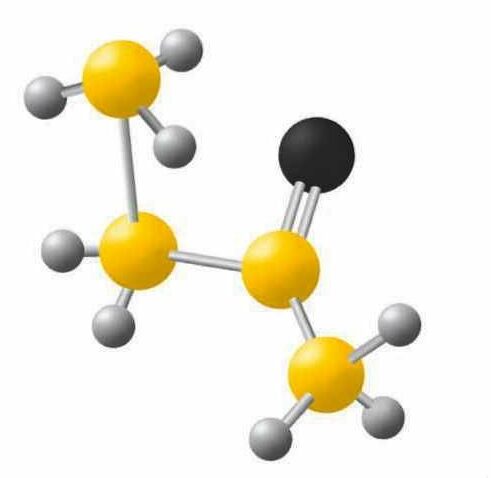
This extra energy source was originally mooted as a glycogen preserver, so the glycogen could be saved for a sprint or brutal climb. More recently, studies have shown that it improves recovery time over a stage race and even boosts EPO levels. EPO, or erythropoietin, is the hormone that stimulates red blood cell production. The synthetic version of EPO is banned by WADA (World Anti-Doping Agency).
“The use of ketones is still experimental,” explains nutrition expert Asker Jeukendrup, who has worked with Visma-Lease a Bike. “It’s the same rationale that I experimented with during my PhD 25 years ago, but we used medium chain triglycerides (MCT) as the substrate [instead of ketones]. The MCTs are partly converted to ketone bodies, especially beta hydroxybutyrate, and this is a good substrate for the muscle. We demonstrated that MCTs were rapidly used and could be a good alternative fuel.”
Their use has split the peloton. The likes of Guillaume Martin (Cofidis) want them to be banned, ostensibly because ketones are prohibited for teams signed up to the voluntary Movement for Credible Cycling (MPCC), which includes Martin’s team but doesn’t include heavyweights Visma-Lease a Bike and Ineos Grenadiers. Only the former has admitted to using ketones.
The MPCC prohibits ketones due to mooted side-effects, such as vomiting and stomach distress and “uncertainty over any long-term effects”. Ketones aren’t banned by the UCI, though they recommend against them due to those digestive issues. UCI medical director Xavier Bigard told L’Equipe: “There is no scientific evidence that ketone bodies improve performance.”